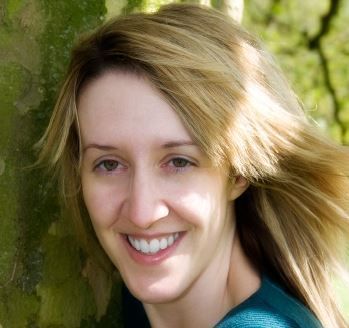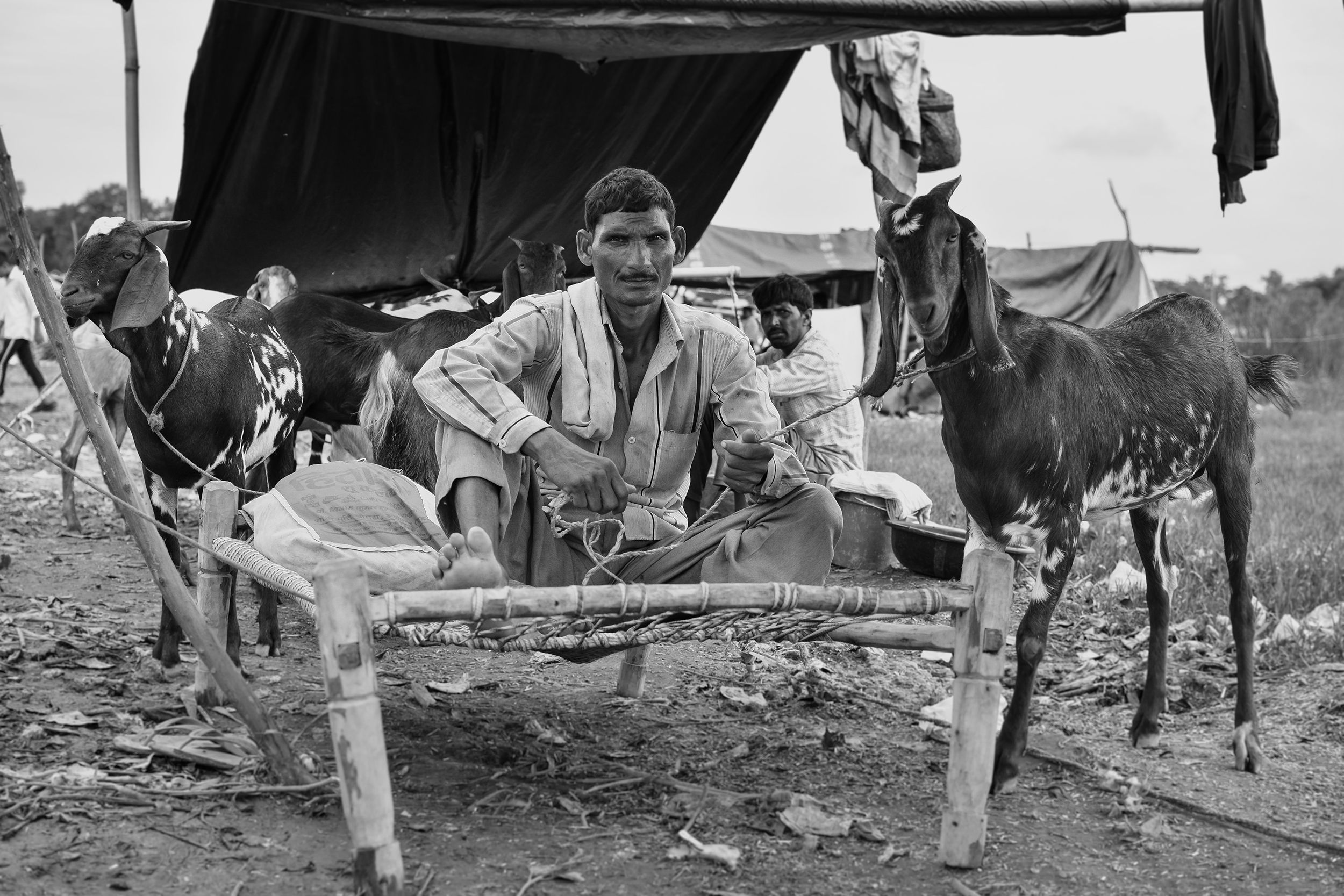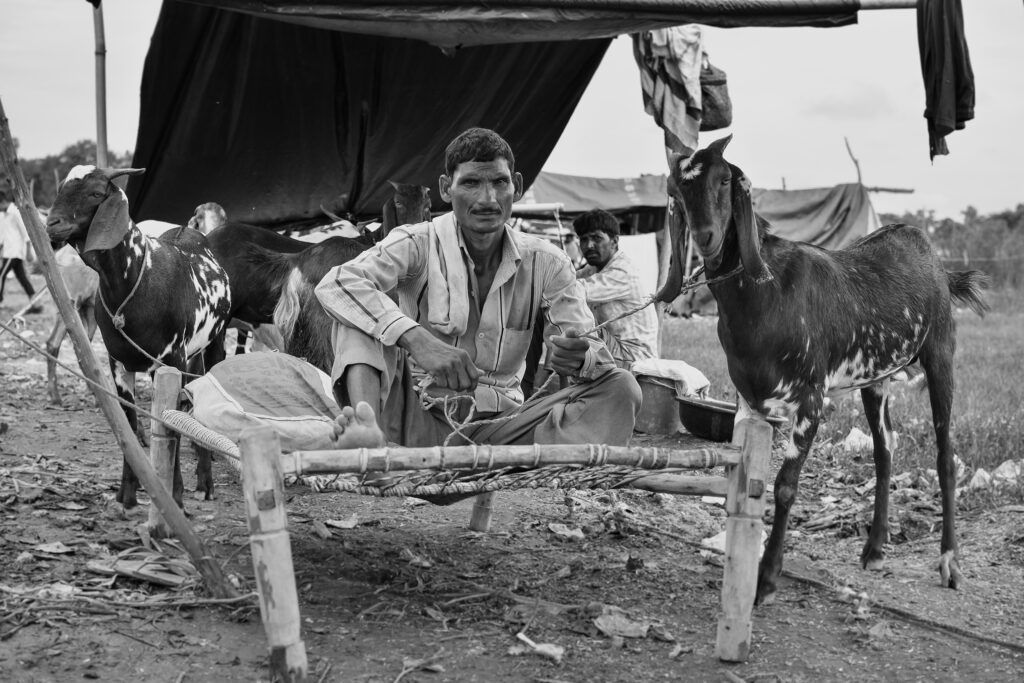Documentary is a term that’s used to define anything that pertains to documenting real-life information. Documentary photography uses images to provide a factual report on a given subject and often contains a series of images that tell a complete story. It’s an incredibly powerful and interesting genre of photography, but how do you get started? In this guide, I’ll tell you all about documentary photography and what you need to know to start shooting.
Here’s what we’ll cover:
- What is documentary photography?
- A brief history of the genre
- What are the different types of documentary photography?
- Equipment
- How to start shooting documentary photography
Recommended Reading: If you’d like to learn how to create amazing portraits, grab a copy of Photzy’s premium guide: The Art of Portrait Photography.
What Is Documentary Photography?
Although there’s no absolute definition of documentary photography, we can say that it’s a way of using photographs to tell a factual story and that events are generally captured in real-time. Documentary work seeks to capture a moment of absolute reality and to portray a meaningful message about things happening around the world.
Key Lesson: True documentary photography isn’t manipulated with photo editing as the idea is to portray an accurate representation of cultural, social, and humanitarian issues. Some people say that there is a certain crossover between photojournalism and street photography. But photojournalism tends to concentrate very much on breaking events immediately when they happen and is often centered around one image, which has been uploaded to news sites as quickly as possible. Street photography focuses more on capturing interesting moments in everyday life. Documentary work seeks to draw attention to specific issues, people, and stories, with photographers often spending weeks and months on a story to capture the most authentic possible images.
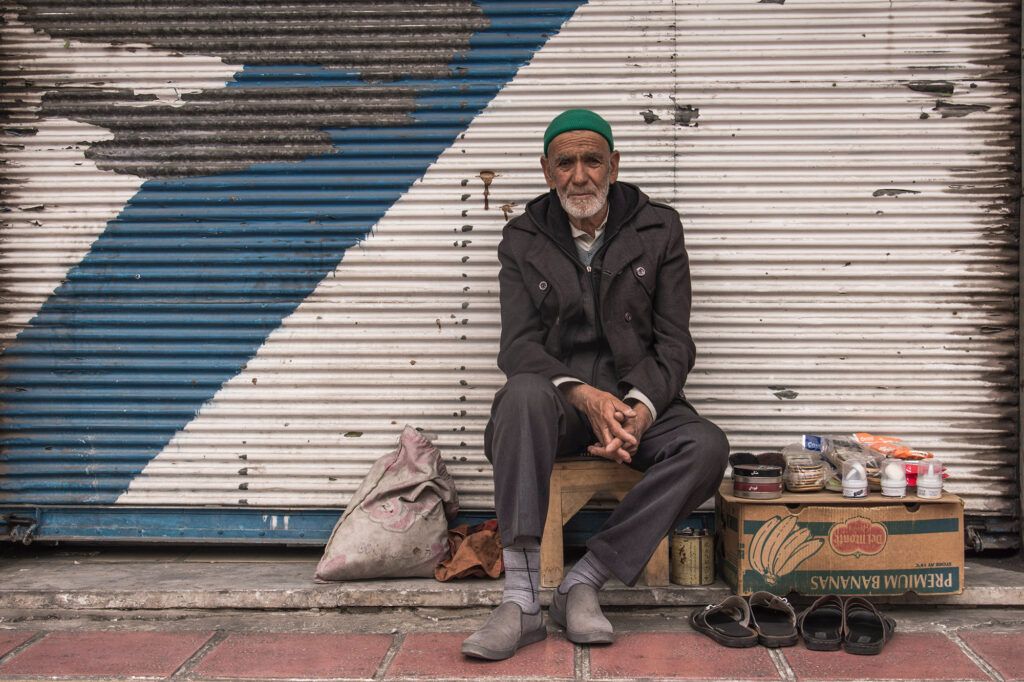
A Brief History of the Genre
Documentary photography is widely accepted to have come of age as a genre during the American Civil War of 1861-1865. Matthew Brady photographed the Civil War himself, but also organized a team of photographers in the field who took, in total, some 7000 shots. Brady saw himself as the pictorial historian of the civil war and was convinced of the importance of documenting what occurred. A few years after the war, Tim O’Sullivan and William Jackson documented the West and the lesser-known territories such as Nevada, New Mexico, and Yellowstone National Park.
Documentary work seeks to capture a moment of absolute reality and to portray a meaningful message about things happening around the world.
In the UK, Dr. Thomas John Barnardo, founder of homes for destitute boys, started using photography to document the boys in his care as early as 1870. And social reformers John Thomson and Adolphe Smith published their book Street Life in London, documenting the lives of the London poor. The slum conditions in parts of America were particularly distressing, with Jacob Rils documenting destitute New Yorkers throughout the 1890s.
In 1929 the New York stock market crashed, beginning a depression that lasted throughout the 1930s. Millions were out of work and a prolonged drought across the center of America saw people trekking westwards towards California. Photographers such as Dorothea Lange, Walker Evans, and Arthur Rothstein documented these dispossessed workers and farmers.
Picture magazines such as LIFE (started in 1936) and Picture Post (1938) brought more opportunities for documentary work and thrived through World War II. Robert Capa and David Seymour were renowned war photographers, but both died in action in the 1950s.
Since the mid-1960s, postmodernist artists have produced increasingly noteworthy documentary work. Diane Arbus chronicled the eccentrics and marginal individuals of New York, Don McCullin captured individuals caught up in war zones, and Steve McCurry shot portraits for National Geographic (the latter two are still shooting today).
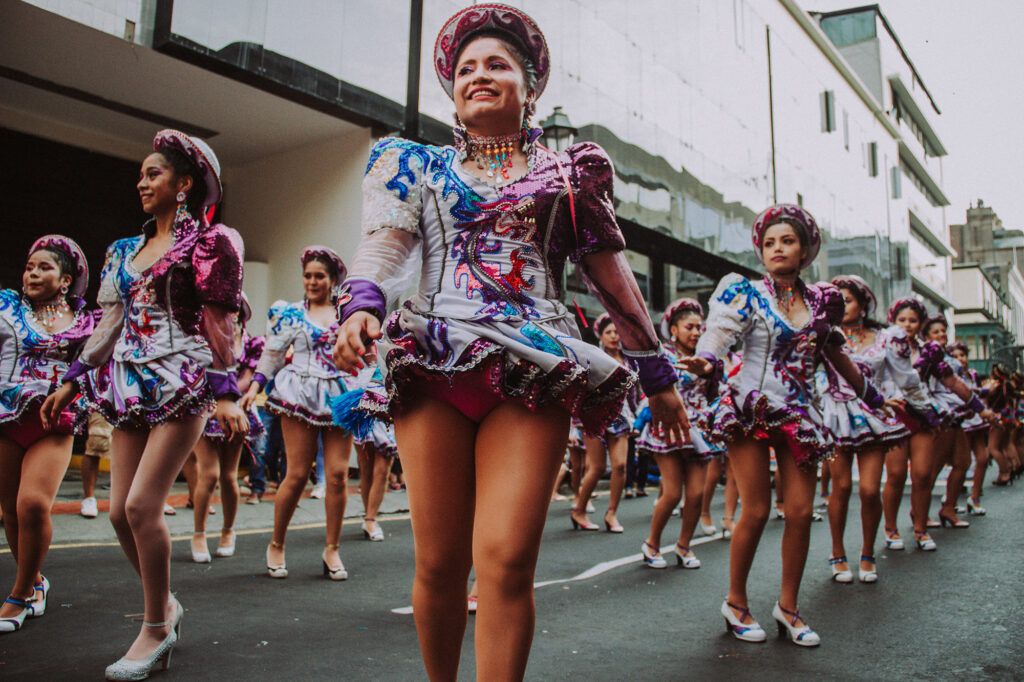
What Are the Different Types of Documentary Photography?
It’s generally accepted that there are four main types of documentary photography:
- War photography – The birthplace of documentary photography, war photography showed civilians armed conflict in detail and often exposed injustices to the wider public. Today, war photography still shows the world the horror of conflict.
- Conservation photography – A type of documentary photography that doesn’t always need to feature people as it promotes conservation and the protection of the natural world through imagery.
- Social documentary photography – Photography has long been used to promote social change, with work being used to show inequality and challenging lives in many different areas of society.
- Documentary wedding photography – This reportage style of photography has become increasingly popular at modern weddings as it allows the photographer to capture candid and more natural images.
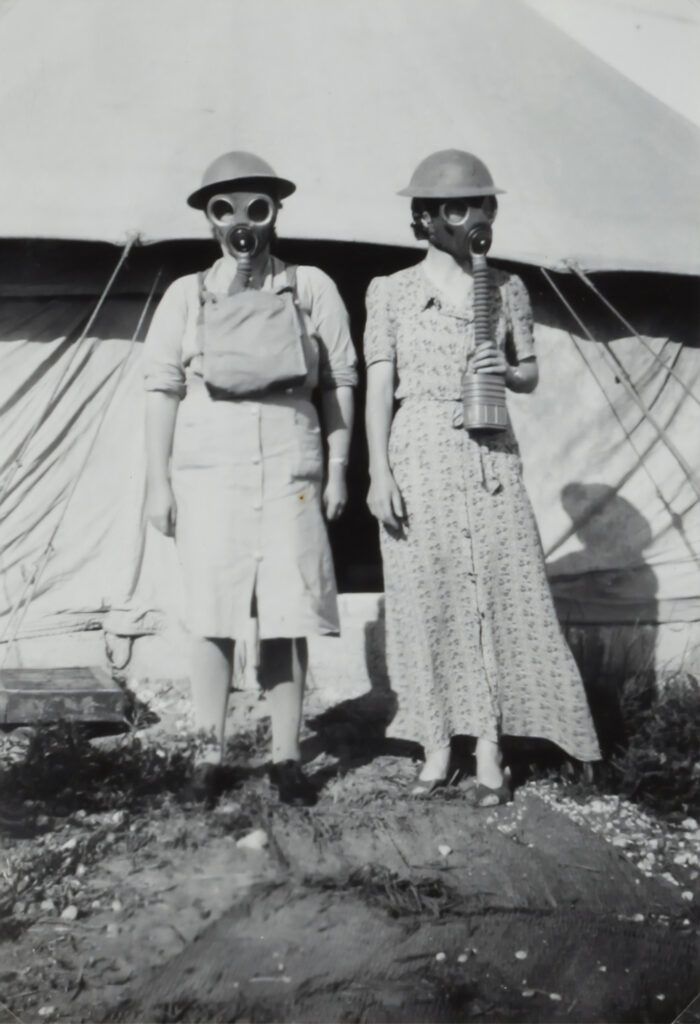
Equipment
Documentary photography doesn’t require any specific equipment. Pros shoot on everything from 8×10” plate cameras to iPhones (if nothing else is available!). But if you’re looking to start shooting documentary work it’s a good idea to think about weight.
This style of photography really lends itself to mirrorless cameras, which tend to be a lot lighter than their DSLR compatriots. Of course, lenses do add weight back on, but they’re still more portable and easy to carry around. Documentary work often requires going to fairly inaccessible places or being on your feet for long periods, so lightweight gear will make all the difference.
Documentary work often requires going to fairly inaccessible places or being on your feet for long periods, so lightweight gear will make all the difference.
Though you should work with the gear you have, and if you’re already using a DSLR you can reduce the weight by just shooting with one lens. I adore the 50mm lens, of which Henri Cartier Bresson said, “It corresponds to a certain vision and at the same time has enough depth of focus.” A fixed lens forces you to be more creative with your shots and, far from being limiting, can actually be very freeing – particularly as the 50mm is small and unobtrusive, allowing you to capture sensitive work more easily.
You may need a flashgun, depending on where you’re shooting, but if you are using one, make sure you diffuse the light to prevent harsh shadows. Always carry plenty of extra batteries and memory cards as well. I generally split shoots onto several cards just in case of any issues.
A few general camera settings to abide by: always, always shoot in RAW – documentary work can mean that you’re not always shooting in the most favorable lighting conditions, so you’ll want to make sure you have as many options as possible in post-production. Set your camera to continuous focus mode so that if your scene changes from stationary to moving, the camera’s focus will follow suit. Your exposure triangle settings will obviously depend on what you’re shooting and what available light there is. As a general rule of thumb, try to keep your ISO as low as possible to avoid noise on your images. If you shoot handheld at below 1/60th you run the risk of camera shake, so keep your shutter speed at or above 1/60th unless you’re using a tripod.
Key Lesson: Finally, don’t forget to choose the correct depth of field for your shot. Using the wrong depth of field is the quickest way to make your photo look like a bad snapshot! Landscapes need a large depth of field (so a small aperture of around f16/f22) as you’ll want to get everything in focus. Documentary portraits often need the background blurred out to focus attention on the subject, so you’ll need a small depth of field (and a large aperture of around f2/8–f4).
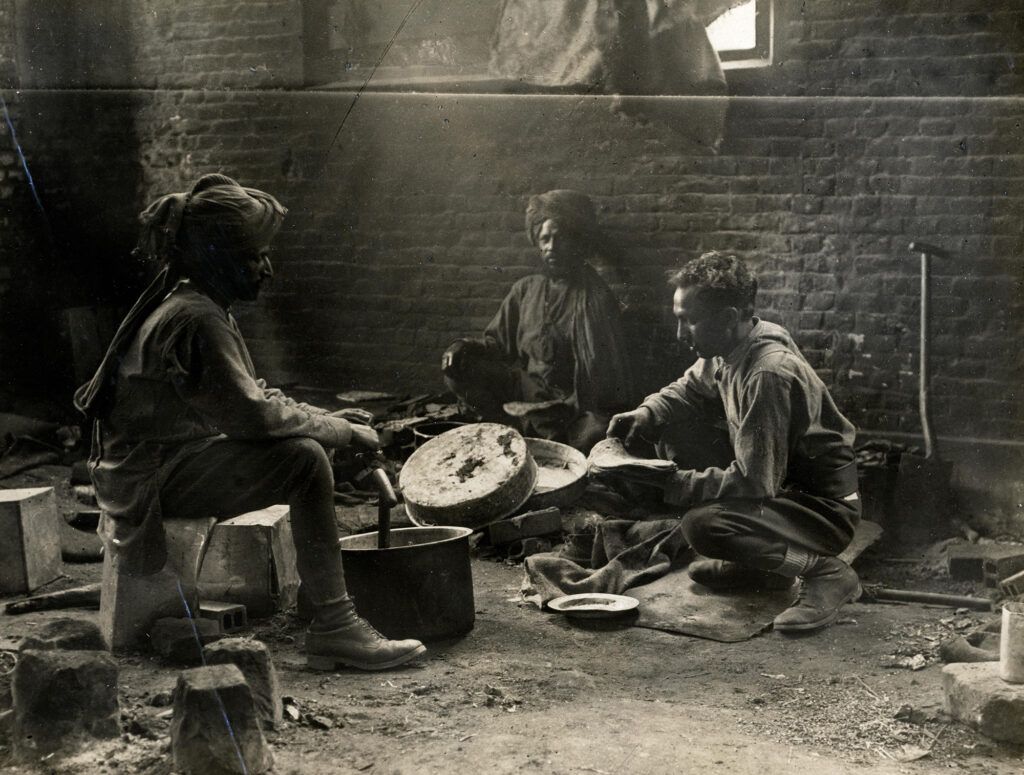
How to Start Shooting Documentary Photography
- What story do you want to tell? – The very best documentary photography tends to be shot by photographers who are passionate about the story or issue they are exploring. What are you interested in? A documentary project needs to be researched and planned out and the photographer needs to know what they’re trying to say with their images.
- Know what you want to shoot, but be prepared for anything! – There are plenty of things you can plan in advance with a documentary project. Perhaps there are certain locations you’ll need to visit, people you’ll want to photograph, or times of day that you’ll want to take the images. Having a clear idea of what you want to shoot is really important in documentary photography as you’re trying to tell a specific story. But that doesn’t mean that you shouldn’t be prepared for unexpected and off-the-cuff shots. If something interesting happens while you’re shooting, take a photo of it! You never know what might make it into the final edit.
- Spend time with your subjects and locations – If you’re photographing people, you’ll get better images if you spend time building a rapport with them. Are you highlighting a social issue? People will be more open if they feel that you understand their problems and genuinely want to help. Or perhaps you’re photographing a conservation issue? Knowing your locations inside-out will help you to get images that really capture the essence of a place.
- Don’t rush – A great documentary project isn’t necessarily something you can shoot in a couple of hours. Sometimes a story can take a long time to tell. If the idea of committing a lot of time to a project seems unfeasible, why not look for something to document that’s close to home? For starters, you’ll probably already be aware of local stories, and it also means that you can put time aside more easily.
- Back everything up! – Last but by no means least, please make sure you back up your work. If you’re shooting a documentary project over weeks or months, you’re going to have a lot of images, and some of them won’t be things that can be recreated. Get into the habit of backing up onto a separate hard drive to your computer (I back everything up in duplicate to two different devices).
Recommended Reading: If you’d like to learn how to create amazing portraits, grab a copy of Photzy’s premium guide: The Art of Portrait Photography.
Conclusion
Your job as a documentary photographer is to capture a story in an authentic fashion, highlighting issues to viewers and helping social causes. It’s a challenging genre but also one that’s highly rewarding as good documentary work can be a real vehicle for change. And there are endless stories just waiting to be told, so why not get out and try shooting one?
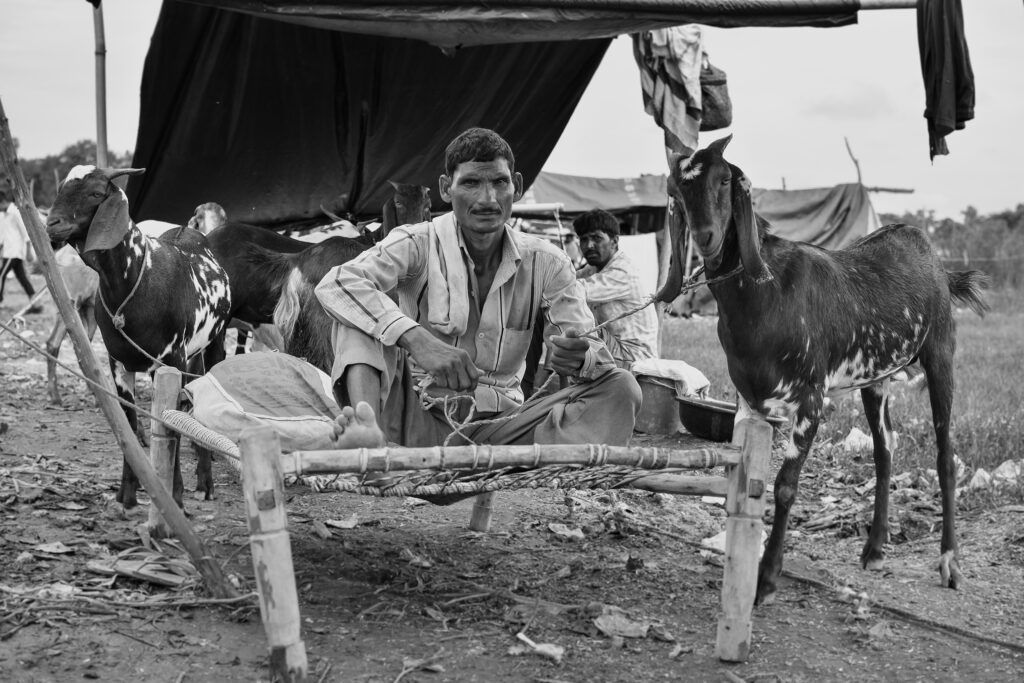
Self-Check Quiz:
- What is the difference between documentary photography and photojournalism?
- When did documentary photography come of age?
- What are the four main types of documentary photography?
- What’s the slowest shutter speed you should use the handheld to avoid camera shake?
- Should you use a small or large depth of field for landscapes?

